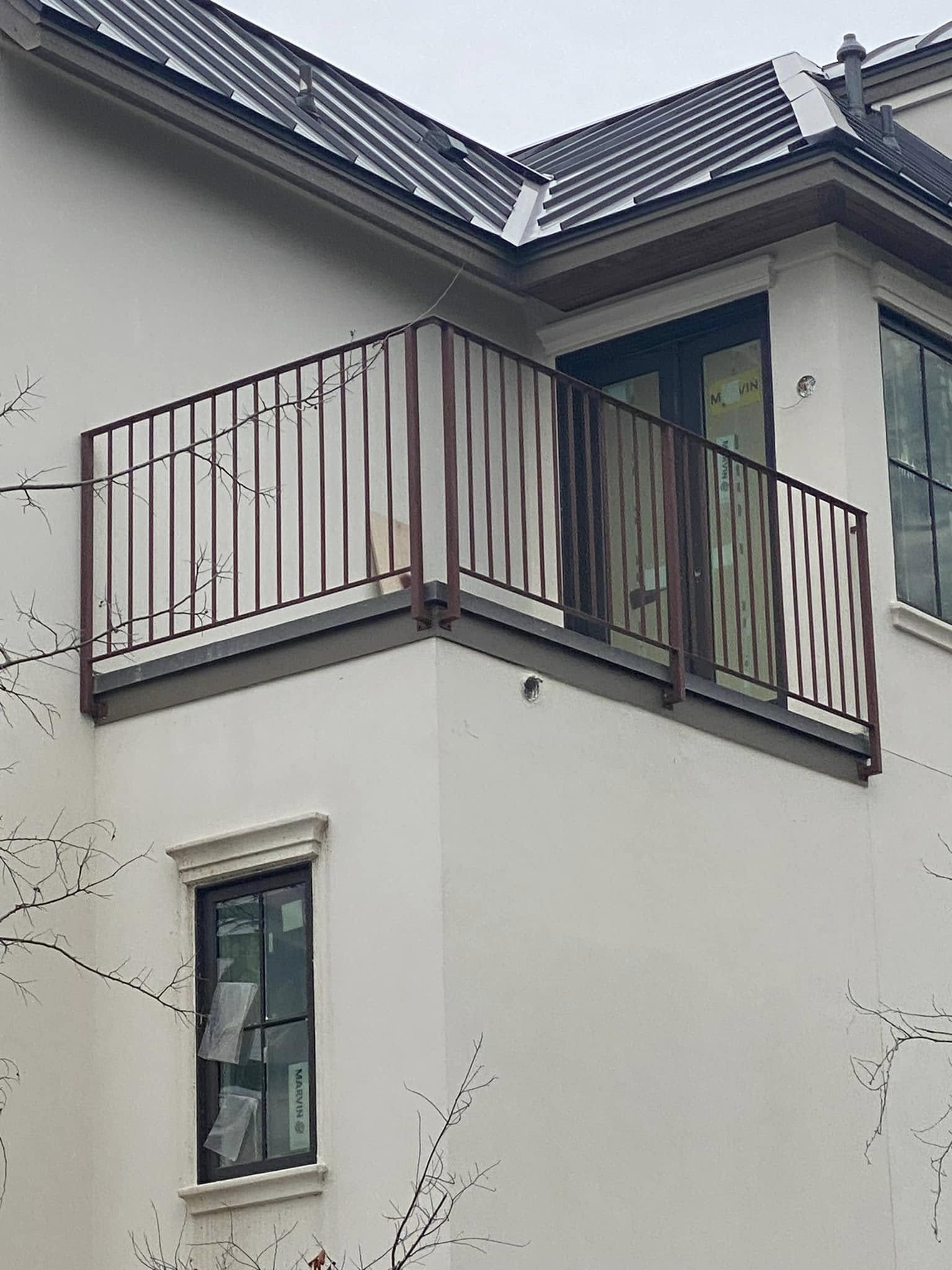
Understanding the Future of Robotic Welding: Insights from Perez Brothers Aug 11, 2025
Robotic welding, a technology gaining traction across industries, is revolutionizing how welding services are delivered. Traditionally, welding required a high skill level and significant manual labor. However, with the advent of robots in the workflow, the efficiency and precision in welding tasks have dramatically increased. This has not only improved productivity but also opened opportunities for businesses to take on more complex projects.
One of the primary benefits of robotic welding is its ability to deliver consistent quality. Machines are programmed to execute tasks with the exact parameters needed, greatly reducing the margin for error. This consistency ensures that every weld is identical, offering a level of precision that manual welding often cannot match. For businesses like Perez Brothers Welding, this means guaranteeing superior results for clients time after time, which can enhance overall customer satisfaction and retention.
Moreover, robotic welding significantly improves safety. Welding is inherently hazardous, with risks of burns, exposure to toxic fumes, and eye injuries. Robots eliminate the need for human workers to be in these dangerous environments, thus minimizing the potential for workplace injuries. As workplace safety continues to be a top priority for companies across the globe, integrating robotic systems becomes an attractive option for those looking to protect their workforce and reduce liability.
The economic advantages of robotic welding cannot be overlooked. While the initial investment may seem high, the return quickly becomes apparent. Robots can operate continuously without breaks, speeding up production cycles and increasing output. This capability means companies can complete projects faster, lower labor costs, and potentially reduce overhead expenses, giving them a competitive edge in the marketplace.
At Perez Brothers Welding, the integration of robotic welding technology is part of a larger strategic plan to provide clients with the most efficient and effective services possible. The use of these advanced systems allows for more flexibility in project management, catering to various client needs by adjusting production schedules with ease.
Looking into the future, the role of robotic welding is expected to expand even further. As technology continues to advance, these systems will become even more sophisticated, incorporating artificial intelligence and machine learning to enhance their functionality. For the welding industry, this means processes will become more intelligent and autonomous, capable of adapting to changes on the fly.
In conclusion, the shift towards robotic welding is not merely a trend but a transformative approach shaping the future of the industry. It offers unparalleled opportunities for precision, safety, and economic efficiency. For businesses looking to stay competitive and grow sustainably, embracing robotic welding is not just a wise choice but an essential strategy. With years of experience and a commitment to advancing welding technologies, Perez Brothers Welding is poised to help clients navigate this new era, ensuring they reap the benefits of this exciting technological revolution.
/filters:no_upscale()/media/e6de14e5-b0b2-4ef4-8ddd-f621922bd37c.jpg)
/filters:no_upscale()/filters:format(webp)/media/94e1642f-e210-452f-bef5-b0ba95e388b5.jpg)